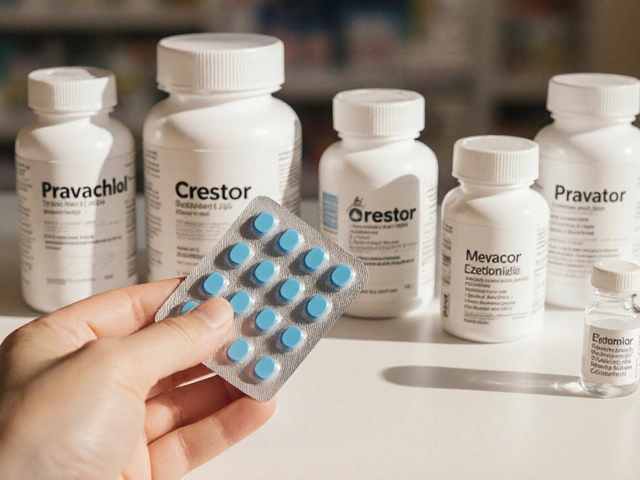Pain Relief Made Simple: Save Money and Stay Safe
Looking for ways to ease aches without blowing your budget? You’re not alone. From over‑the‑counter pills to natural tricks, there are plenty of options that work and won’t break the bank. Below we break down the most common pain‑relief choices, how to pick the right one, and what to watch out for when you shop online.
Over‑the‑Counter Basics You Can Trust
For headaches, muscle soreness, or minor joint pain, most people start with drugs you can buy at the pharmacy. Ibuprofen and naproxen are two of the biggest sellers because they cut inflammation and pain fast. If you’re prone to stomach upset, take them with food and avoid using them for more than a few days without a doctor’s OK.
Acetaminophen (paracetamol) is a good alternative if you can’t tolerate NSAIDs. It won’t reduce swelling, but it does knock out pain. The key rule is to never exceed 4,000 mg in a 24‑hour period—mixing it with other acetaminophen‑containing products can push you over the limit.
When Prescription Painkillers Are Worth Considering
Sometimes OTC meds just aren’t enough. Conditions like severe nerve pain, post‑surgical soreness, or chronic migraines may need stronger drugs. That’s where prescriptions like tramadol, gabapentin, or even low‑dose opioids enter the picture. The good news is you can often get these at a lower price through online Australian pharmacies that are PBS‑registered.
For example, a 2025 guide showed how to buy tramadol legally in Australia: you need a valid prescription, a telehealth consult, and a reputable pharmacy that checks your PBS eligibility. Following those steps can cut the price by up to 40 % compared with buying in‑store.
If you’re dealing with nerve‑related pain, gabapentin (brand name Neurontin) is common, but it has side effects like dizziness. The guide on “7 Alternatives to Neurontin” points out options such as lidoderm patches or duloxetine, which may be cheaper and easier on your system.
Always ask your doctor whether a cheaper generic version exists. Many brand‑name drugs—like Depakote (valproate) for certain seizure‑related pain—have generic forms that cost far less.
One caution: if you’re pregnant or planning to become pregnant, check the safety profile. Valproic acid, for instance, carries a high risk for birth defects, so doctors usually recommend alternatives.
Finally, keep an eye on insurance tricks. Some plans cover generic versions of ED meds, blood thinners, or migraine treatments like Imitrex (sumatriptan) with lower co‑pays if you use mail‑order pharmacies.
Bottom line: start with cheap OTC options, move to prescription meds only when needed, and always verify the pharmacy’s credentials before you click “buy”. Your health and wallet will thank you.

Cyclobenzaprine Alternatives in 2025: Exploring Your Options
Cyclobenzaprine, widely used for muscle relaxation, has significant alternatives in 2025. This article explores various options like Methocarbamol, highlighting their pros and cons. It helps readers understand which alternatives might work best for their needs. Each alternative is described in terms of effectiveness, side effects, and suitability for different conditions.




